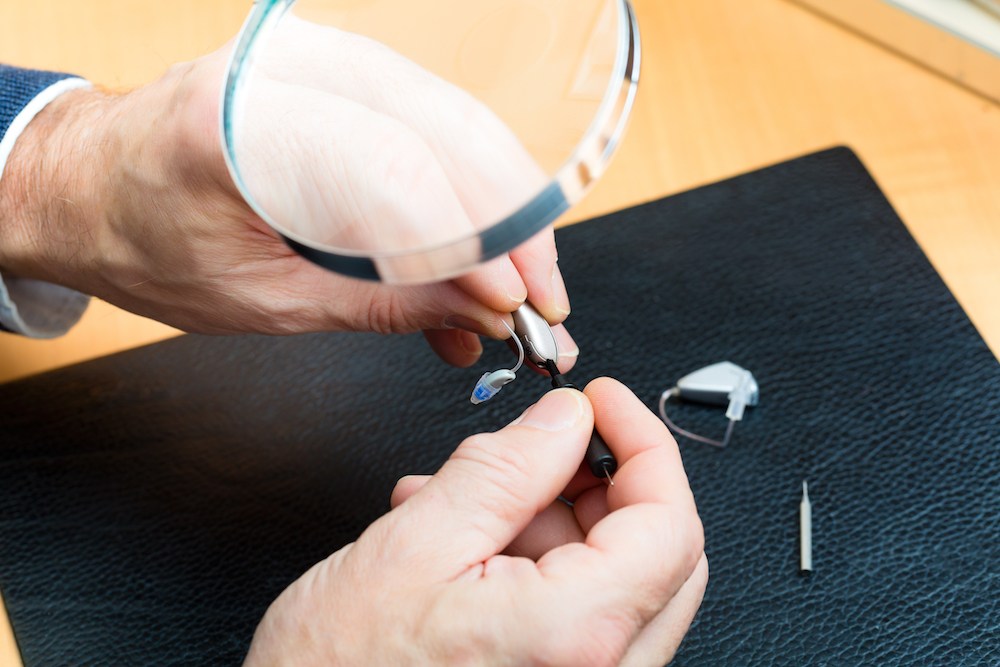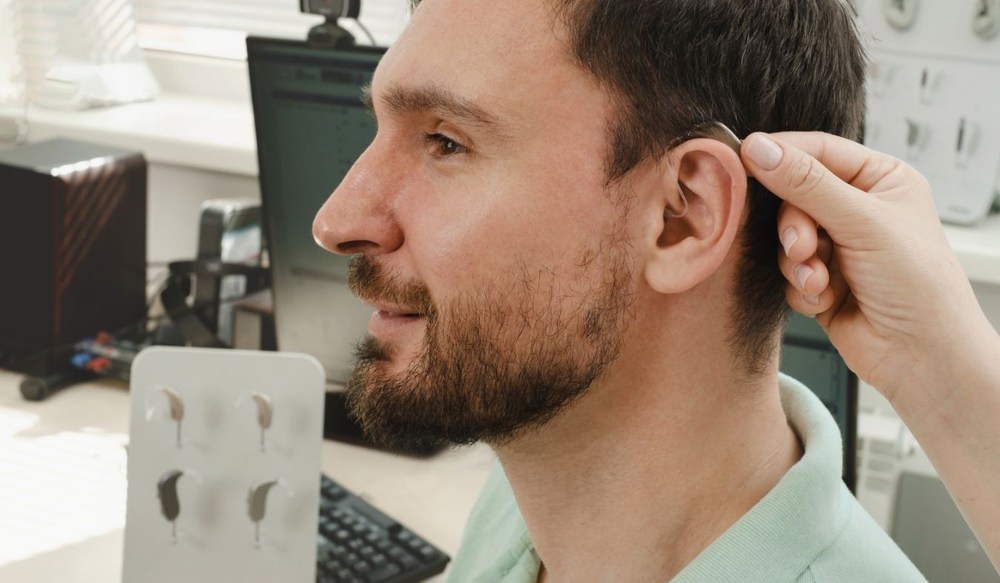The Future of Hearing Aid Personalization
Hearing aid technology is moving toward treating each person’s


Hearing aid technology is moving toward treating each person’s

Children with hearing loss face obstacles that adults simply don’t

When you lead an active life, your hearing aids need to keep up with you.